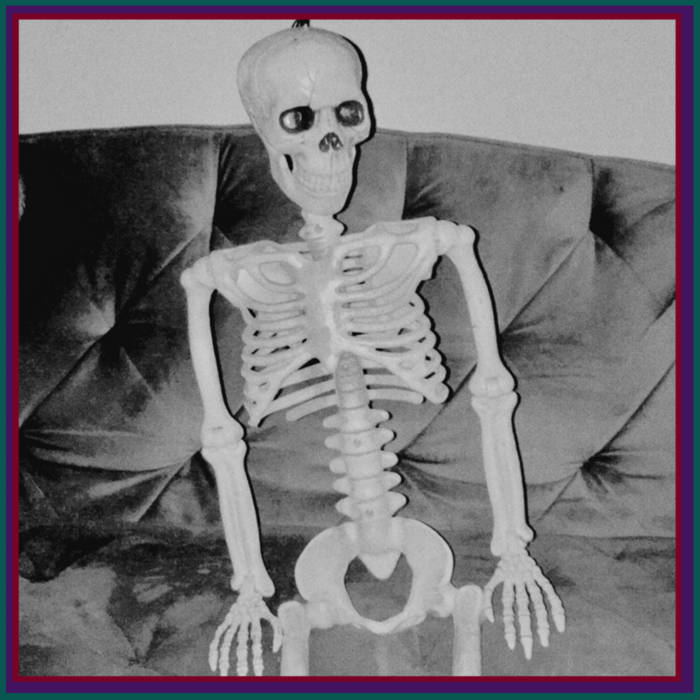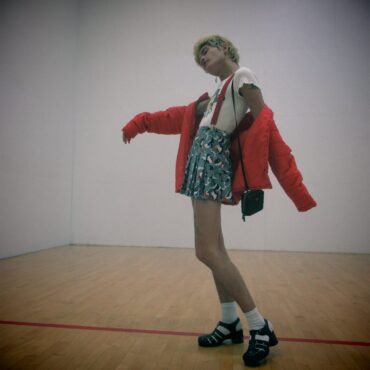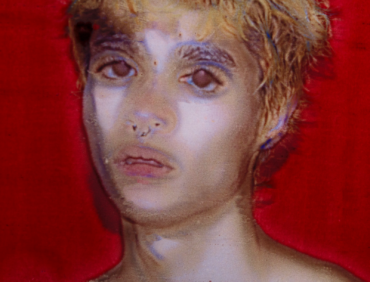
Listeners today might not be familiar with the name The Living, but their inspiration and lineage has touched every branch of rock since their brief run in the 80’s. The group was a hardcore punk band in one of the scene’s birthplaces, Seattle, and 39 years after their original run they’ve unearthed their debut (and only) album, now titled 1982: The Living. The Living didn’t even exist for a full year, and this batch of seven songs might be their only physical legacy, but their existence was a platform that would later elevate grunge and hard rock. The band featured guitarist and songwriter Duff McKagan, later known for his work in Guns N’Roses (among other bands), and Greg Gilmore, who would go on to drum for the legendary proto-grunge group Mother Love Bone. The Living also featured John Conte on vocals, and Todd Fleischman on bass.
The Living: 1982 is a product of its time in the best way possible – seven short blasts of raw punk energy, with manic guitar and drums that sound ready for an energized slamdance crowd. At this early punk time, writing a classic song didn’t necessarily take a lot of effort, but the seven tracks on this album have a lot of depth and dedication put into them. McKagan, the chief songwriter, interjects a platter of nuanced lyrical topics from political (“Two Generation Stand”) to personal (“A Song For You”). The band cram a lot of ear-popping rhythms into a short time, often cramming many riffs and fills into 120 seconds (especially on the best track, “I Want”). They eschew some one- or two-chord attacks that were popular at the time in favor of melody, and do it without sacrificing any of the chaos energy or punk mentality. Much of this lies in the songwriting and the band’s commitment, which sounds much more practiced than their short lifespan would’ve allowed. But some of it also falls in the hands of the remasters, first unearthed by Gilmore and now released by Loosegroove Records, owned by Pearl Jam guitarist Stone Gossard and Malfunkshun drummer Regan Hagar.
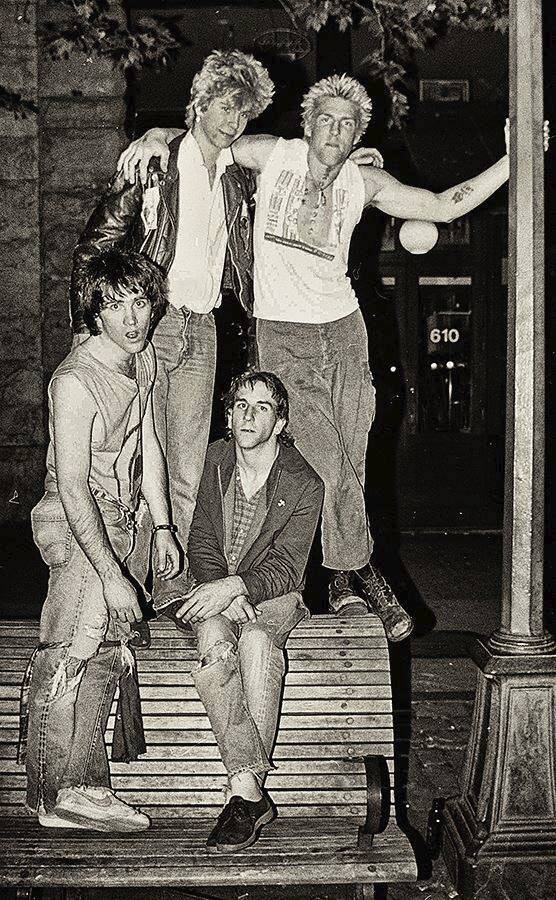
We recently spoke with Gilmore over the phone about The Living: 1982.
Allston Pudding: Hey, how are you doing?
Gilmore: I’m doing well.
AP: So first off, how did you get your start in music? And how did The Living come together in the first place?
Gilmore: Well, I started just listening to records and playing the drums. And that’s how I learned to play. And I had a band, mostly through junior high and high school with some friends of mine and I played with a couple of other sort of cover bands, more bar oriented bands right at the end of high school. And I grew up about an hour, hour and a half away from outside of Seattle, out in the woods. And moved into Seattle to go to school and sort of mostly just moved to Seattle to play music. And so I’d been here for a few months and I answered an ad in, we used to have a I think it was monthly music and entertainment in general sort of magazine that had classified ads section, and guys had put an ad in looking for a drummer. I answered it and that was that. Todd Fleischman opens the door, quite an imposing figure filling the doorway with blue hair. Game on, that was it.
AP: So talk me through a bit if you can recall, the recording of this album in the first place. And what was the scene there like, in the 80s? Because it seemed like it was really chaotic with a whole lot of short-lived bands and whatnot.
Gilmore: Yeah, especially early on. Early 80’s. Really, at that time, there were bands that would come and go pretty quickly. I mean The Living lasted for seven months or so. And it was an interesting moment, you know, the scene was not that big. It’s pretty insular. You know, Seattle’s kind of isolated.
AP: Right, right.
Gilmore: It wasn’t that tough to go down to Portland or up to Vancouver but mostly [we] kept to ourselves there. Right about that time it seemed there was sort of a changing of the guard here. There had been a few bands that were playing a lot that were more new, more new wavy, maybe then what, maybe the genesis of that thing that’s now recognized as a Seattle thing was the infusion, kind of the hard rock, hard rock into punk rock. And that’s what was sort of happening right at that time of The Living. That was sort of my background, you know, I was not, I was never really a punk rocker in my mind. And there were only a handful of those bands that I really listened to much. I was more hard rock. I mean, that the distinction is kind of thin and arguably it certainly is. But there is something there to that and I think that maybe the most broad way, at least, sort of describes what was happening here.
AP: Do you think at all how that scene kind of, you know, with you going on to Mother Love Bone and Duff [McKagan] going on to GN’R, if that scene kind of spread out and influenced those other genres that came after it at all? Like how you all sort of branched out from this punk band into various other genres.
Gilmore: I don’t really, it’s hard for me to say having been in it. If it’s a little easier, I guess I could say, you know, Duff’s in GN’R, yeah, that kind of, was part of what defines them in the beginning was they sort of they dressed it down a little bit. A little more real. I would say that Duff probably was a pretty significant influence in that way, yeah. And, and then I, you know, I don’t know with Mother Love Bone, it’s harder for me to hear it. Because there was so much other stuff, other influence going on there.
AP: Yeah. Yeah. No, that makes total sense. So this was, correct me if I’m mistaken, but it was your decision to go back and revisit this album. How exactly did that and why did that come about?
Gilmore: It was not initially my decision, it’s an old fan’s, longtime fan of the band. I don’t know if it’s eight or 10 years ago, had some chance encounter with a couple of guys from Portland that were starting or had already started like a little boutique, indie kind of record label and out of that came the idea to make a Living record. That turned out to be the first of three attempts at turning this thing into a record that failed. And so it started with those guys and John had the tapes. John Conte the singer had been sitting on the original eight track masters, and when that first started to come together we had them transferred digitally and I got the files and mixed it. And so that’s basically how we started the whole, this journey of actually turning this stuff into a record. I went out to lunch with Stone [Gossard], I guess now it’s been a couple years and among other things I told him the story and he was curious. Wanted to hear it and he did hear it and he dug it. Eventually he and Regan [Hagar] decided to go for it and make a record. I didn’t initiate the thing in the beginning. But once it got going then I did. And talking to people about it. We had a few near misses, like I said.
AP: Yes. What was it like just kind of revisiting this album, even from like a nostalgia standpoint?
Gilmore: It was pretty cool. Kind of reaffirming. What I found in the tapes was not a surprise, because I was so into the recordings when we first made them. They, they sounded great, you know, they’re everything that they are today. They sounded great, and the songs are great. I just really loved it. And it so it has been pretty well etched in my memory, that sound and everything about this for all these years. So it had, of course, been quite a long time since I’d actually heard this, or at least something that wasn’t the 20 year old cassette tape. So yeah, when I first pulled this stuff up, it’s just instantly like, okay that’s right, there it is, like I remember it.
AP: That’s great.
Gilmore: It was really fun to work on, a fun project to mix for sure.
AP: I can imagine. Yeah, these songs sound great today, I can only imagine what they were like, you know, back then.
Gilmore: Yeah. I tried to kind of honor those, my memory; we had mixed it, of course, at the time. I just had that in mind and kind of what in my memory is in that same place. And yeah, I’m really happy with it. For sure.
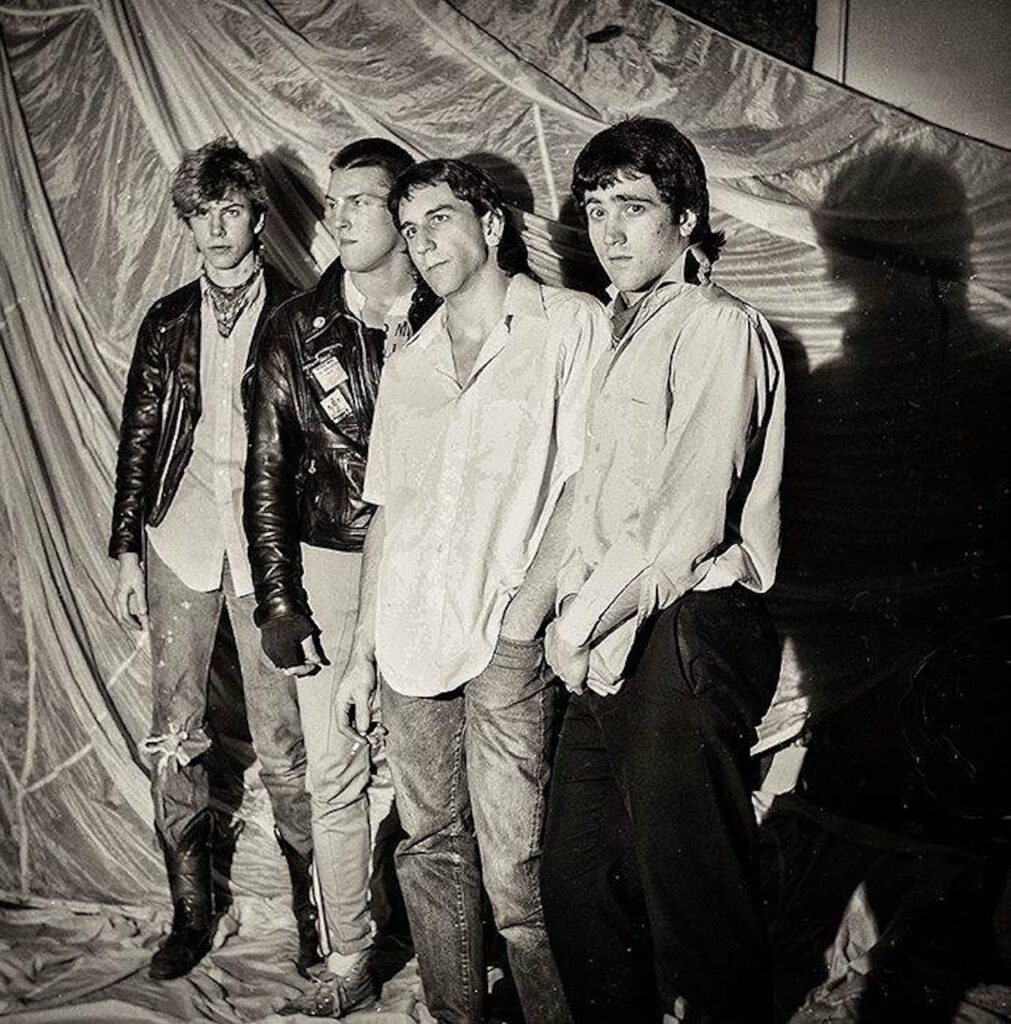
AP: This Living album, is this just a one off thing? Or is there any sort of chance we can get any more music down the road?
Gilmore: Well, there won’t be anything new recorded, that I can pretty much guarantee. There somewhere, and I might, I’ve been asked to look, I might have some old recordings basically live from our rehearsal space, that might be viable. And I have to; I don’t even know if I have it or what it sounds like, but that would be if there’s anything to come it would be that kind of thing. [I don’t know] if there would be any unheard songs in that batch, anyway. Yeah, I don’t know. But there’s that possibility. That’s all there would be.
AP: So some of the songs on the album are, you know, pretty expectedly political. Do you think there’s any sort of similarities between those songs and any sort of relevancy today?
Gilmore: Well, just that kind of a reminder, that wheel just keeps going around and around. It’s a process to really want to get into all of the struggles represented in politics is kind of perennial, it’s a process, and you never expect those …well I wanna keep this concise [laugh]. Life is a process, there’s no end.
AP: Yeah, true, very true. Maybe a better way to phrase that question. What do you think punk looks like to you now in 2021? Do you think it’s kind of similar to what it was then? Or do you think the term is taken on a whole new meaning?
Gilmore: You know, I don’t really, I don’t know if I have much to say about that. I’m not really familiar with what’s going on now. Actually, can you tell me something about it?
AP: Um, yeah, I mean, I think it both does and does not really look and sound the same. I think if we want to talk, like, purely on a music standpoint, there are still bands that might still kind of sound like The Living, but I think it’s the sound is branched out into different areas, even if maybe the sentimentality has maintained, if that makes any sense.
Gilmore: Oh, yeah. You just can’t help. You just can’t stop evolution. I am not familiar, right now. I’d like to hear what might be happening.
AP: Yeah, it’s definitely you know, like you say, I think from a sort of mentality standpoint, I think it’s just like you said, it just keeps on turning. Like, it’s always gonna be, they’re always gonna be the same.
Gilmore: Yeah, yeah. Yeah, there [will] always be something to be frustrated for. I’m wondering, just wondering how the state of technology is affecting the music or the production of it.
AP: Oh, yeah, that’s a whole Pandora’s Box question, I think, yeah, because on the one hand, it does make it easier for anybody to write and record and put out music, you know, the same day. But yeah, at the same time that also makes it oversaturated and everything else.
Gilmore: Yeah, exactly the same, there’s so much benefit, what tools, what you can do with the tools now, and they’re becoming portable and ubiquitous. But it’s really democratized things in a way, but at the same time, it’s just allowed you to make music in very unmusical ways.
AP: Right? Exactly. Yes.
Gilmore: And you can’t, you can’t avoid I mean, I, I say that at the same time that I do, take advantage of being able to work on a record with somebody that lives in another country. So that’s great. But at the same time, I’ve been frustrated by a lot of that kind of thing now.
AP: Yeah, I can imagine that.
Gilmore: Just that feeling of the music that happens when you’re actually standing in a room with three or four other guys.
AP: Yeah, it’s something like we took for granted for quite a while. So on that note, are you up to anything currently, music wise?
Gilmore: Not very much. I do some random recording these days. You know, play drums for other people’s stuff. I am slowly working on a handful of tunes of a long distance friend of mine in Scotland. That is the only one and then, you know, random things come up. But that one thing with Andy, in Scotland is the ongoing thing at the moment. Right now we’re pretty focused on getting it together to do some motorcycle riding.
AP: Well, that’s really all I had on my end. Thank you for taking this time. It’s, it’s been an honor to talk to you. Have a good evening and enjoy the motorcycle rides!
Gilmore: Thank you. Bye bye.
The album The Living: 1982 is out today, and can be for streaming and purchase here. Also, a podcast called The Living 1982 Podcast, hosted by Kurt Bloch and featuring the band members and other luminaries from the 80’s punk scene, will launch its first episode on 4/20. You can watch the video for “Two Generation Stand” below!
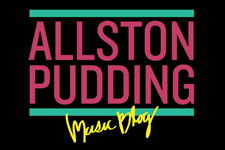
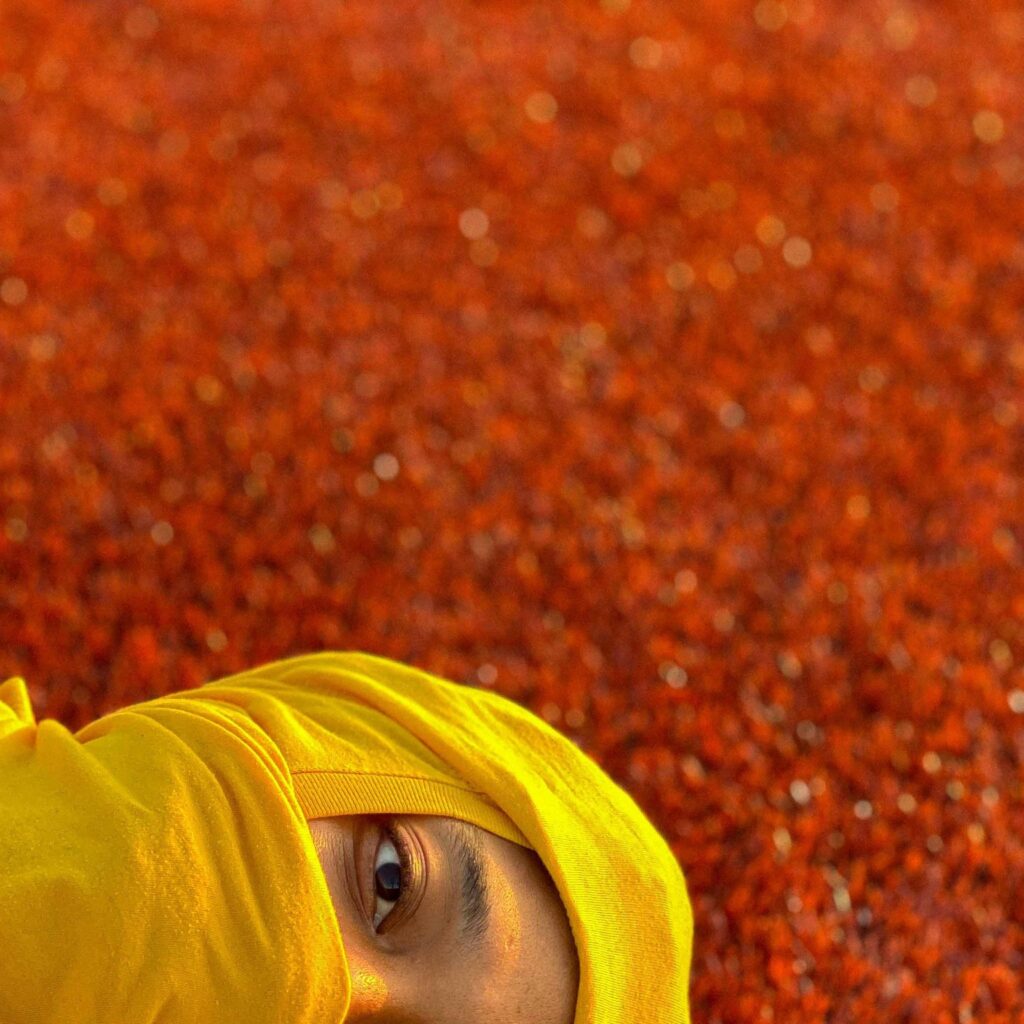
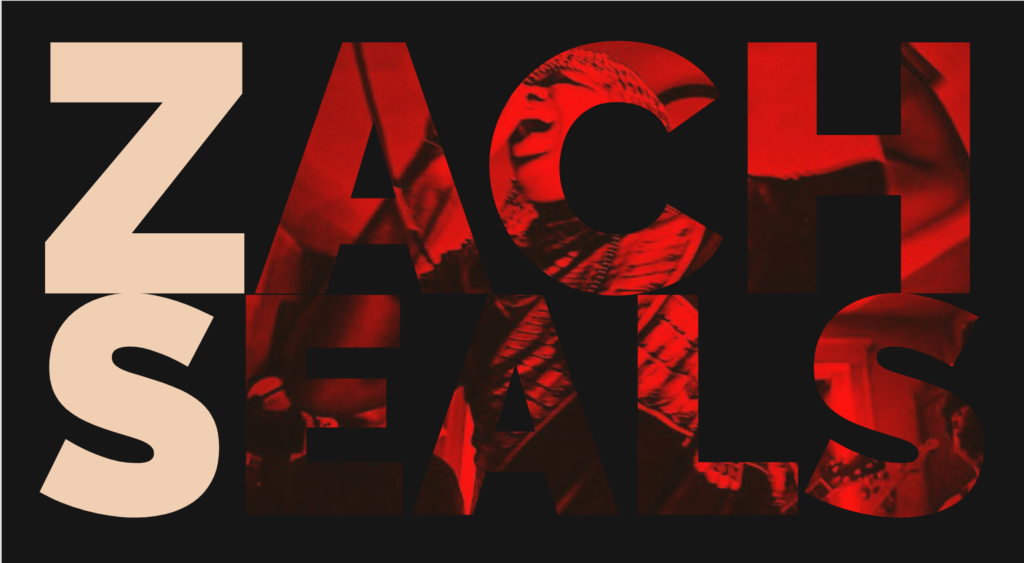
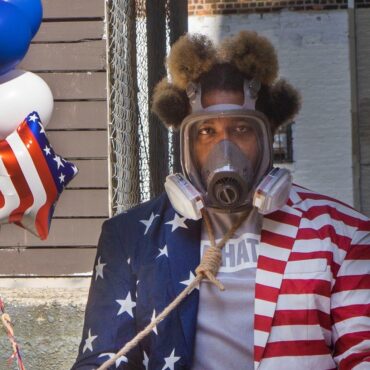
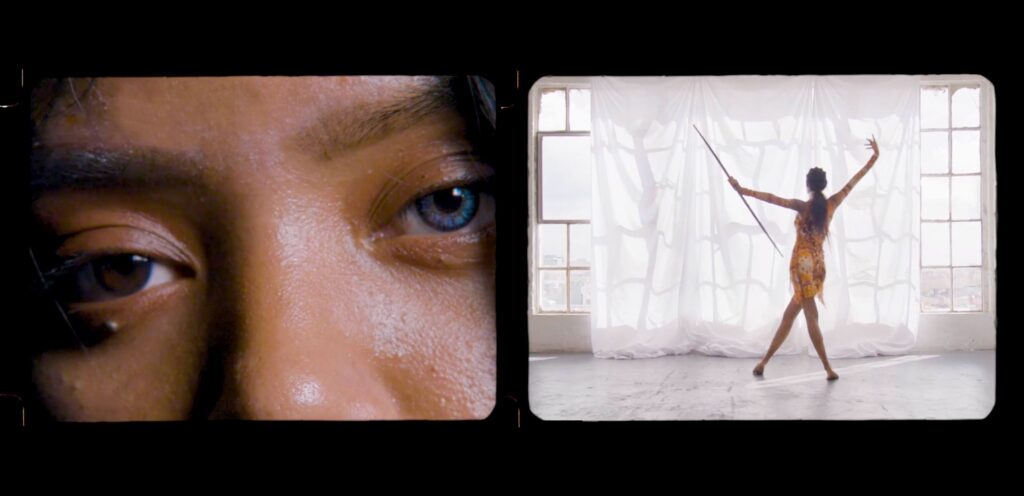
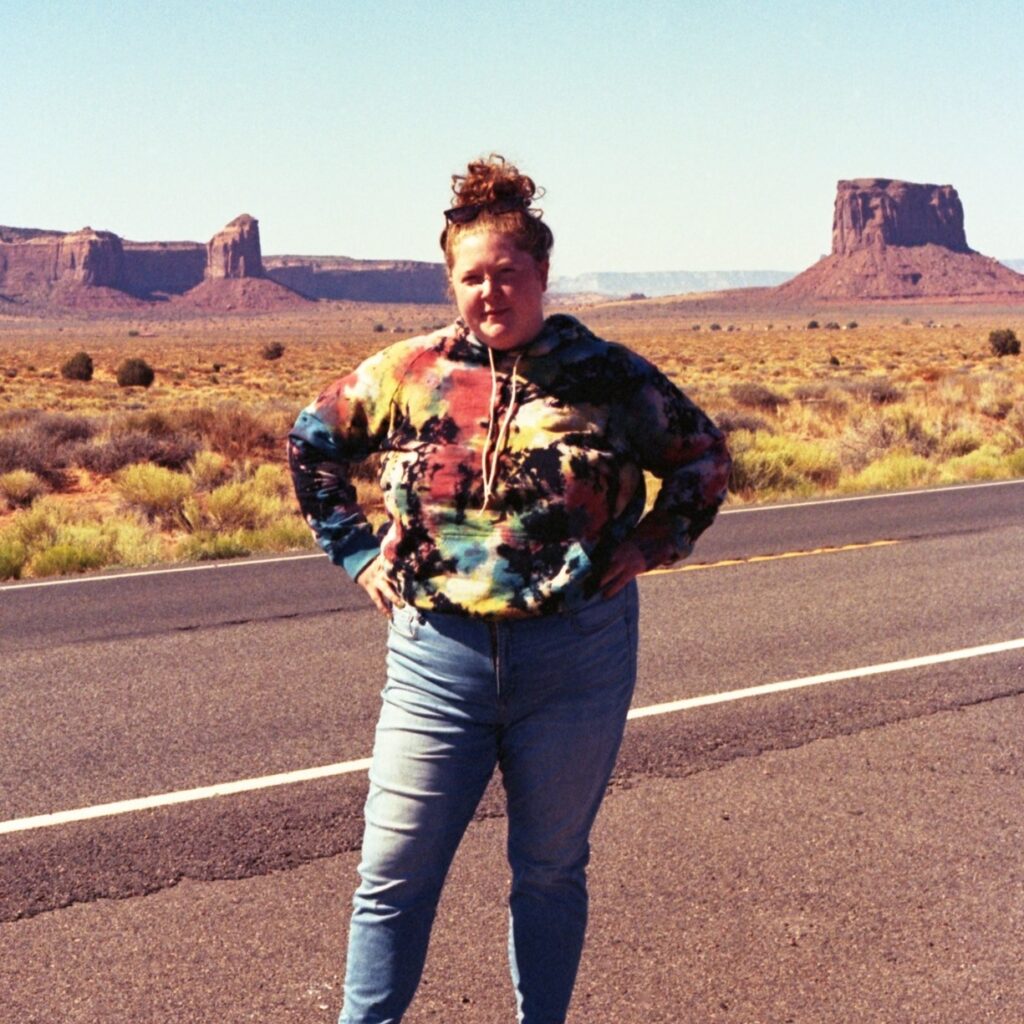
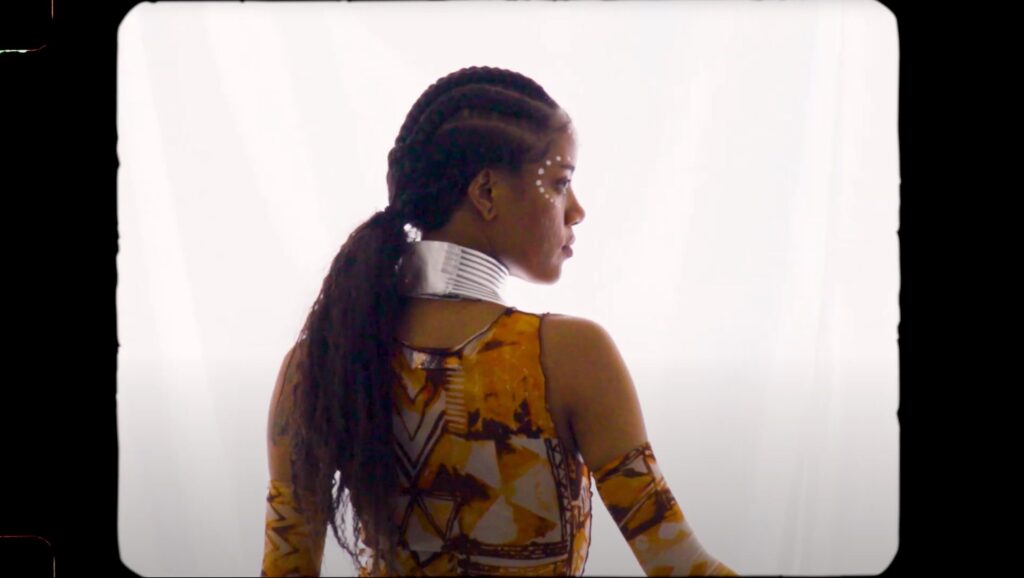
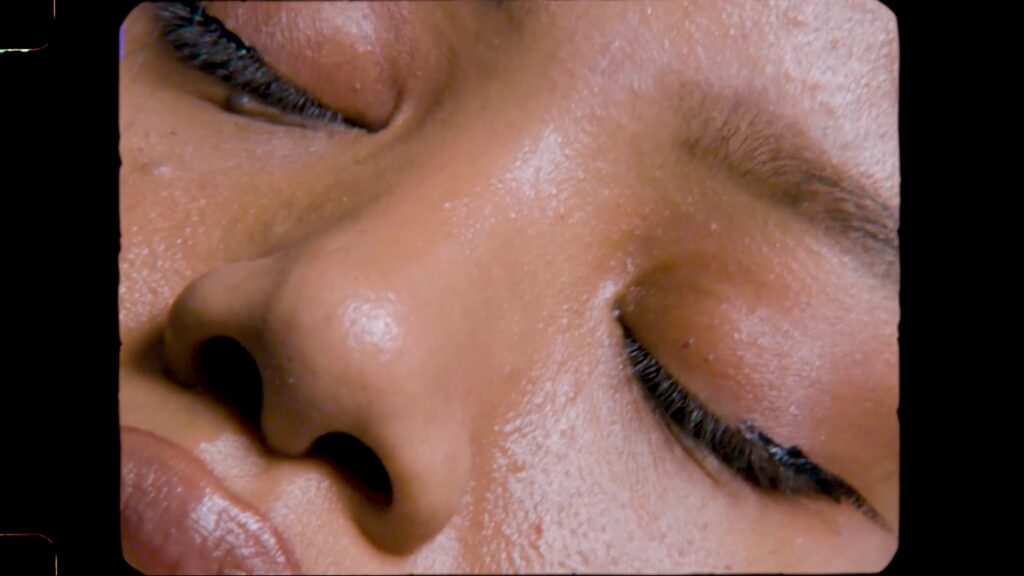
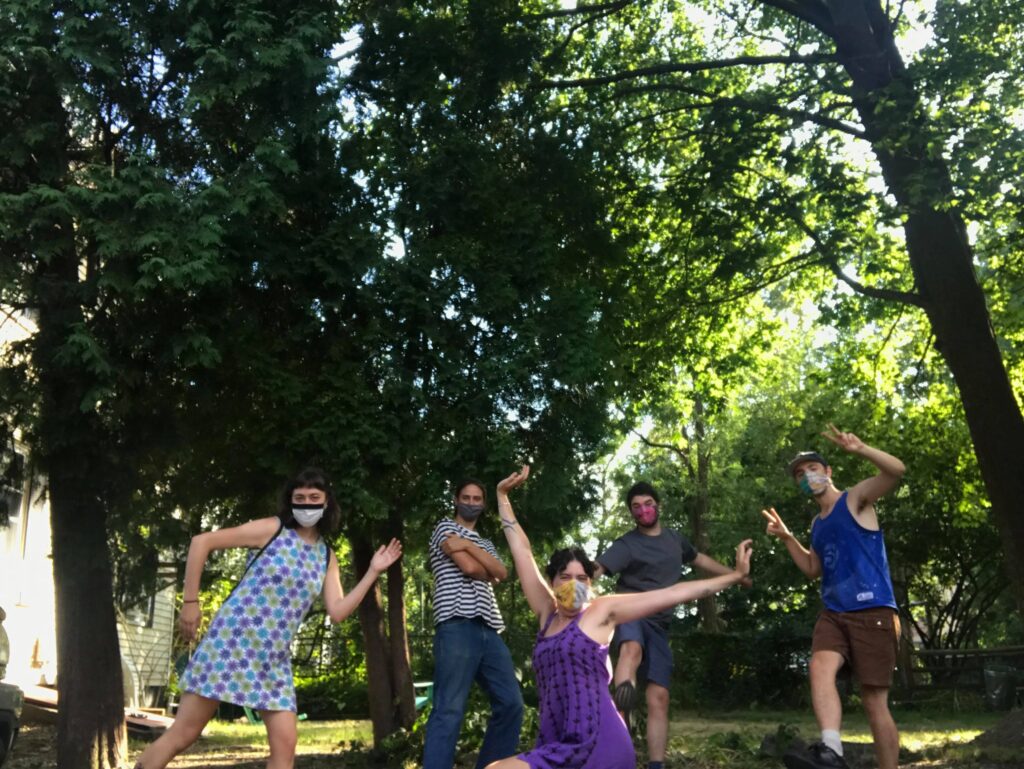
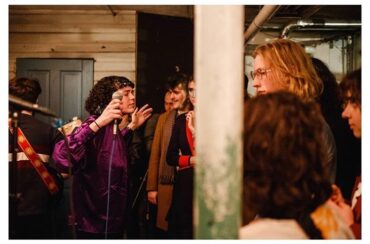
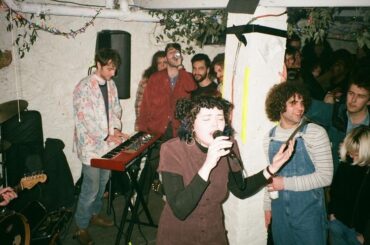
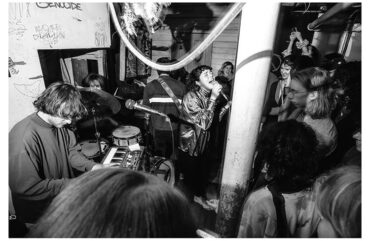

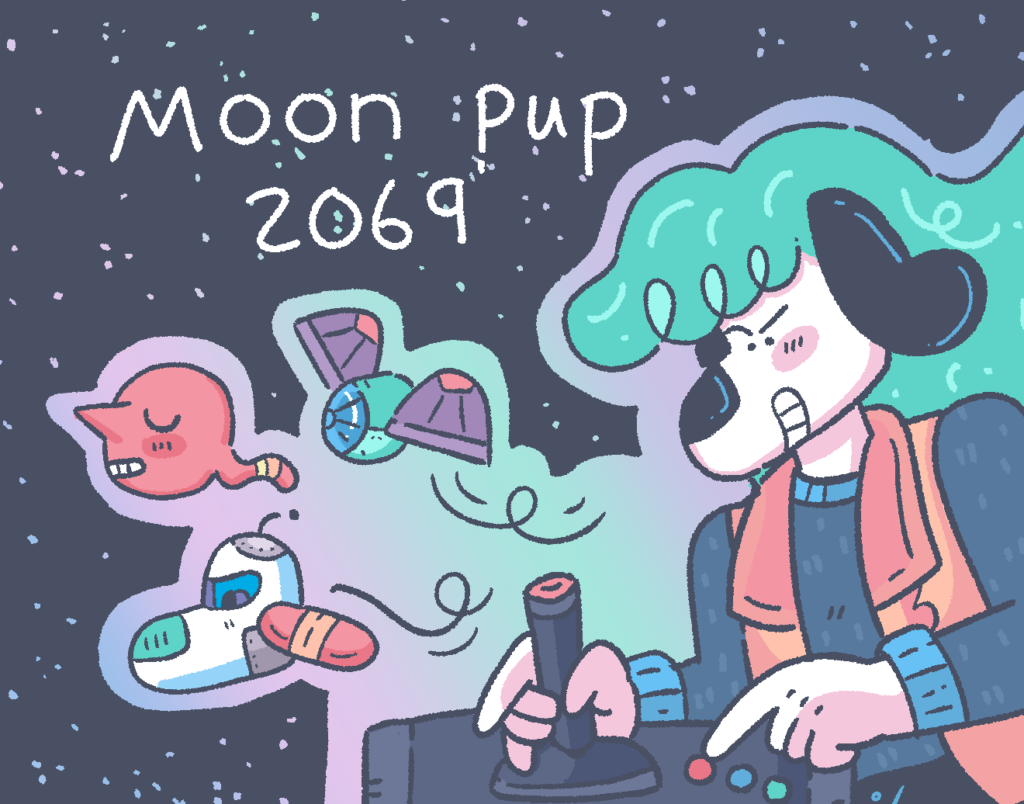
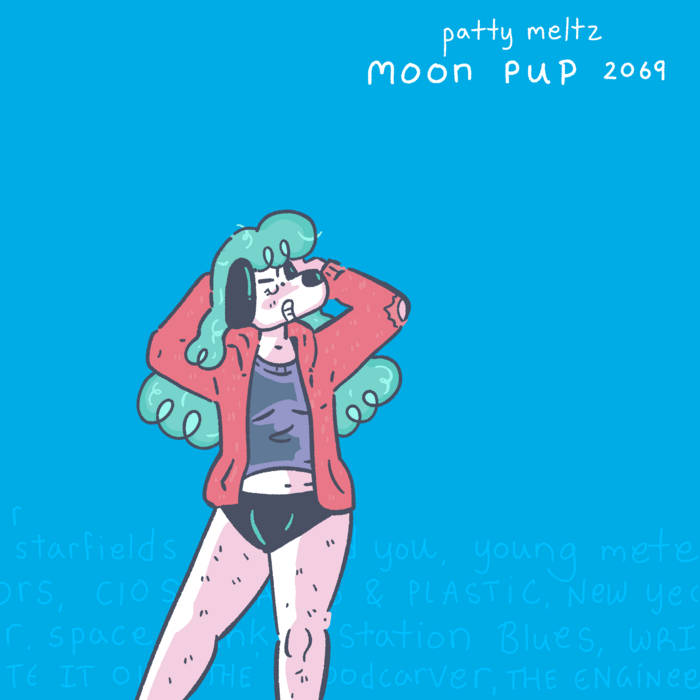
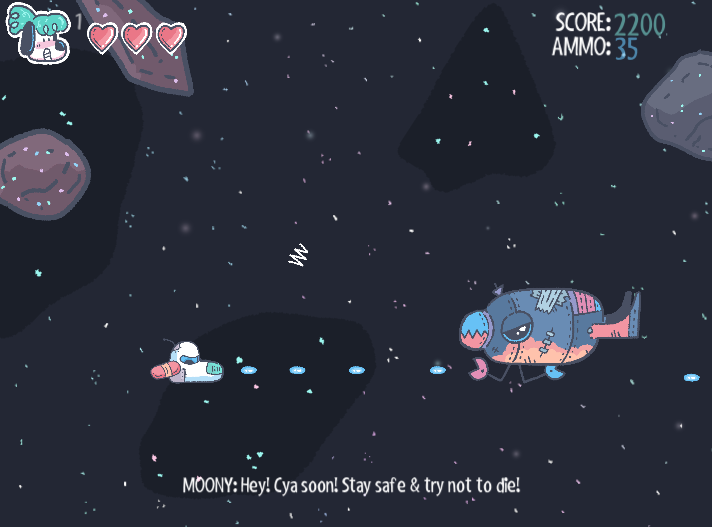
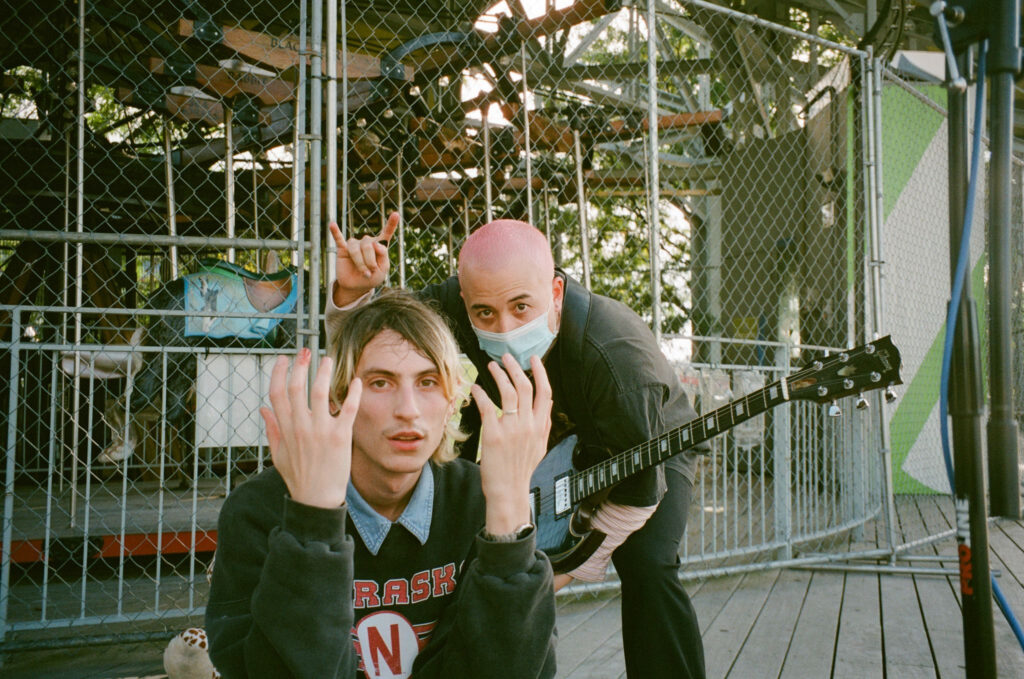
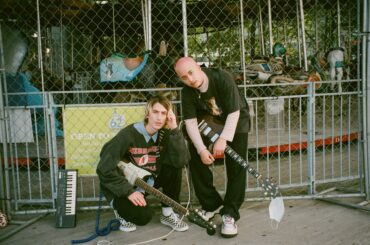
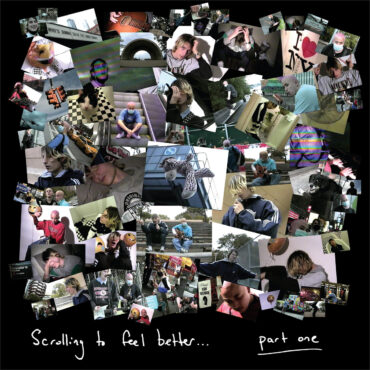 For the last three months of writing, the pair reconnected in New York so they could finish together. “The highlight of quarantine was making the album… living together, playing video games, getting drunk,” says Del Calvo. Out of this unconventional process came the group’s best release to date. A swirling amalgamation of sounds and styles, part one plays on the feelings of being a young creative trying to make it work in a world that constantly seems like it’s trying to break us down. Providing space to jump around and work through these traumas before giving us time to rest and reflect, Broman and del Calvo have crafted a body of work that feels essential for these wild times we’re living in.
For the last three months of writing, the pair reconnected in New York so they could finish together. “The highlight of quarantine was making the album… living together, playing video games, getting drunk,” says Del Calvo. Out of this unconventional process came the group’s best release to date. A swirling amalgamation of sounds and styles, part one plays on the feelings of being a young creative trying to make it work in a world that constantly seems like it’s trying to break us down. Providing space to jump around and work through these traumas before giving us time to rest and reflect, Broman and del Calvo have crafted a body of work that feels essential for these wild times we’re living in. 

